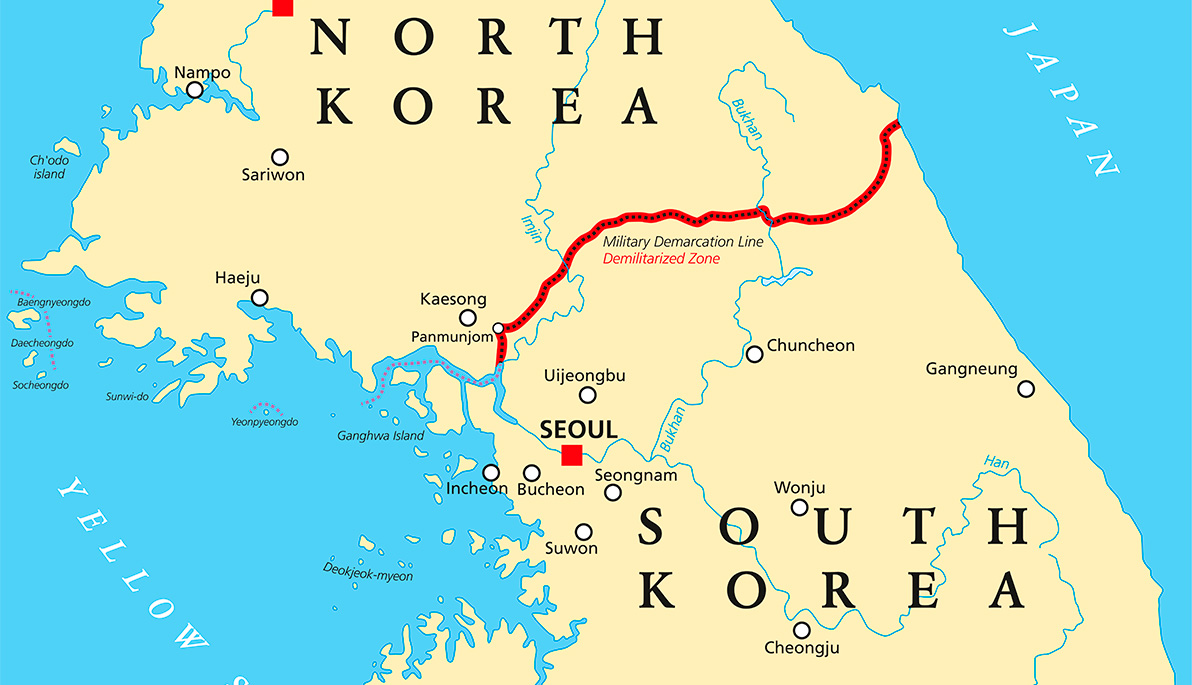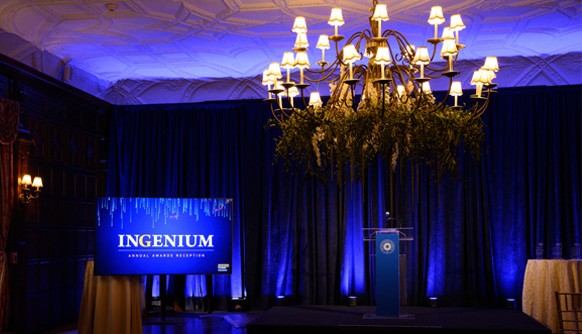News
Building Common Grounds with Architecture
March 5, 2019
When nations build defensive architecture along borders, they create and reinforce societal divisions that may not otherwise exist. Perhaps no border is more known for its daunting architecture than the Demilitarized Zone (DMZ) between North and South Korea, notes Dongsei Kim, M.Des., assistant professor of architecture, in a Salon op-ed.
“The imposing structures between the two Koreas keep the peace at the border. But crucially, the DMZ is also an artificial wedge splitting one people in two,” he writes.
At the U.S.-Mexico border, high steel fences and vehicular barriers cast a shadow on Mexican soil just yards away. But what many don’t realize is that the U.S.-Mexico border is a source of community for people on both sides. Houses are built right next to the border—in some cases, using the barrier as a fourth wall. People are defying the architecture meant to split them apart.
There’s no reason communities that grow together should be a source of division between nations, Kim notes. “Well-designed architecture along borders creates opportunities for economic and cultural exchange—interactions that can improve the lives of residents on both sides,” he says.
Consider how the Rio Grande offers a chance for cooperation. A landscape architecture professor at the University of Texas-Austin, for example, has proposed building a binational park to support the river's ecology and create a peaceful place of exchange for citizens from both sides of the riverbank.
Using architecture to create common ground is promoting exchanges across the U.S-Canadian border too. The Haskell Free Library and Opera House sits on the U.S-Canadian border in Stanstead, Quebec and Derby Line, Vermont. The library operates with special permission from both governments and serves as a meeting place for separated families in both countries who risk deportation by leaving.
Architectural changes can also help the divided Koreas, and Kim plans to engage his NYIT students to imagine previously impossible scenarios for the area through instruments of spatial design.
“Borders are often seen as places that divide people—places that create an ‘us’ and ‘them.’ But building shared spaces reveals how mutable those differences really are,” he concludes.
Read the full op-ed.
This op-ed is part of an NYIT thought-leadership campaign designed to help generate awareness and build reputation for the university on topics of national relevance. Read more op-eds by NYIT experts.



_Thumb.jpg)

